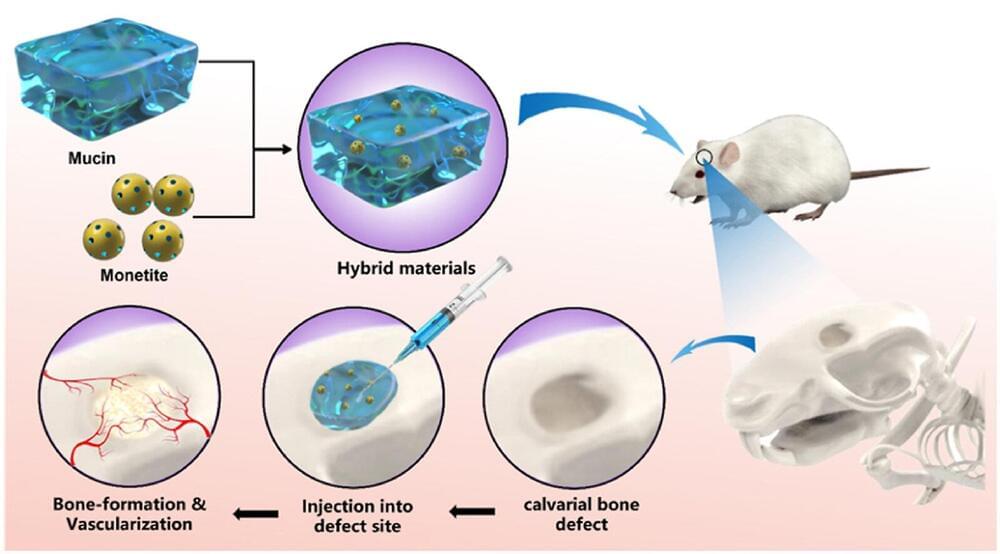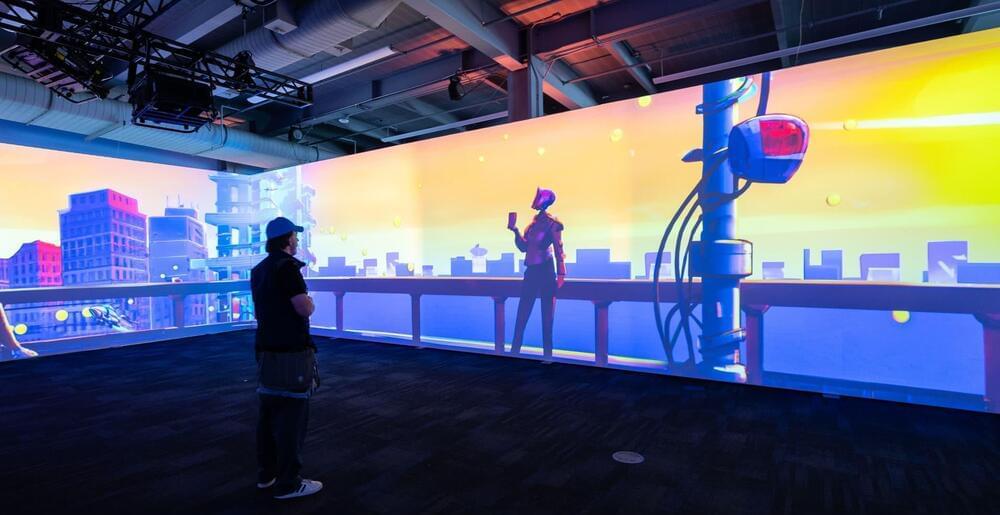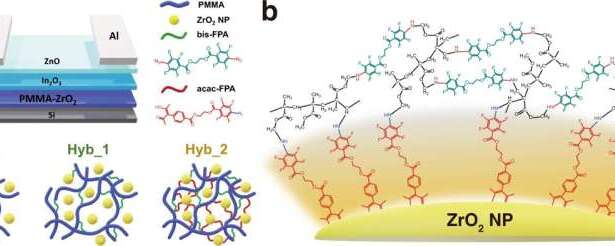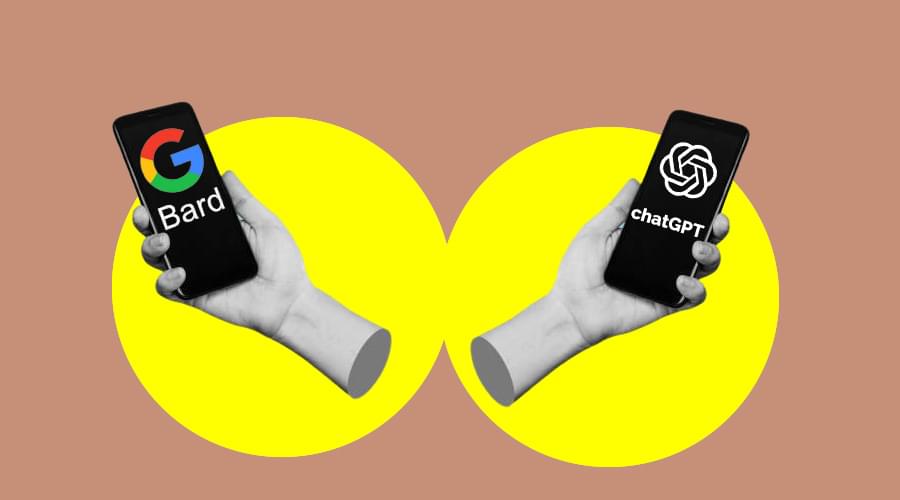Molecules from mucus can be used to produce synthetic bone graft material and help with the healing of larger bone loss, a new study found.
Researchers at KTH Royal Institute of Technology report the development of a bioactive gel which they say could replace the clinical gold standard of autografting, in which lost bone is replaced with healthy bone taken from another part of the patient’s body.
Hongji Yan, a researcher at KTH Royal Institute of Technology, says the gel contains mucins, molecules which were derived from cow mucus. The mucins are processed into gels which are combined with monetite granules, a commonly-used synthetic bone graft material. The synthetic gel can be injected to the site of the bone loss.








